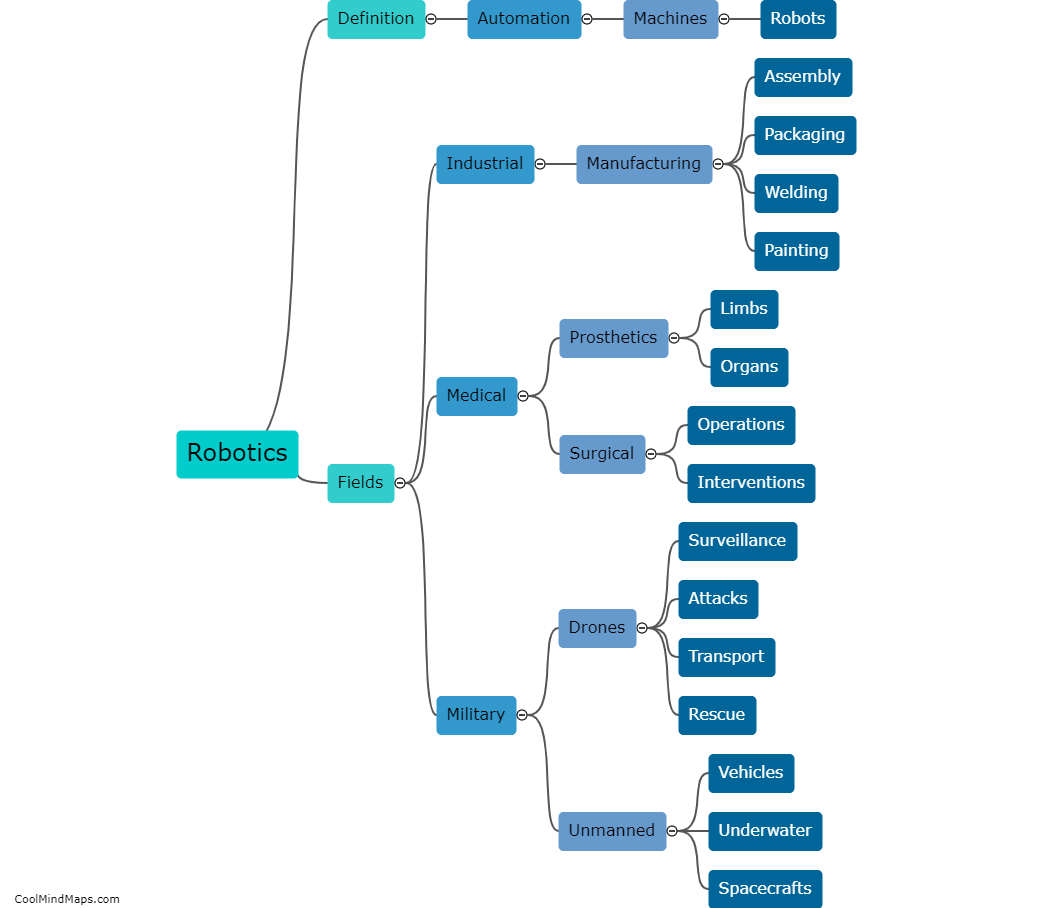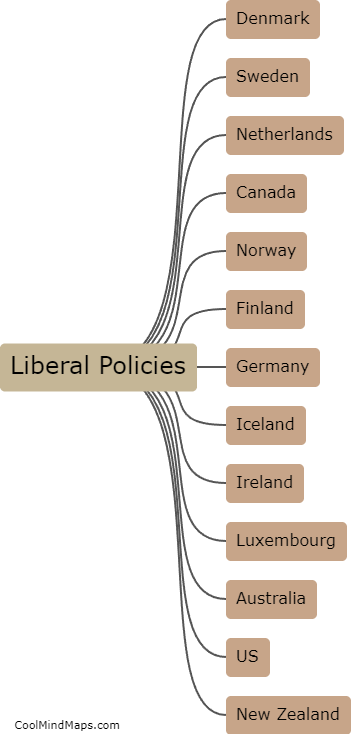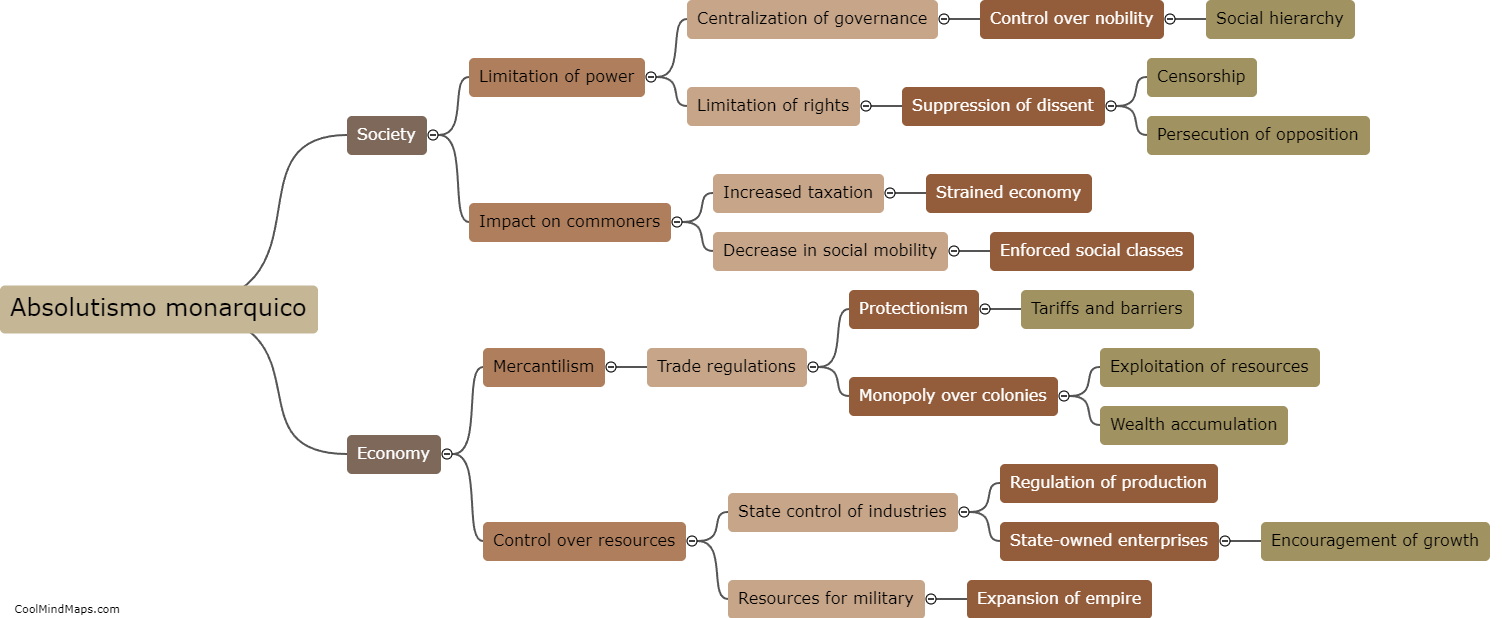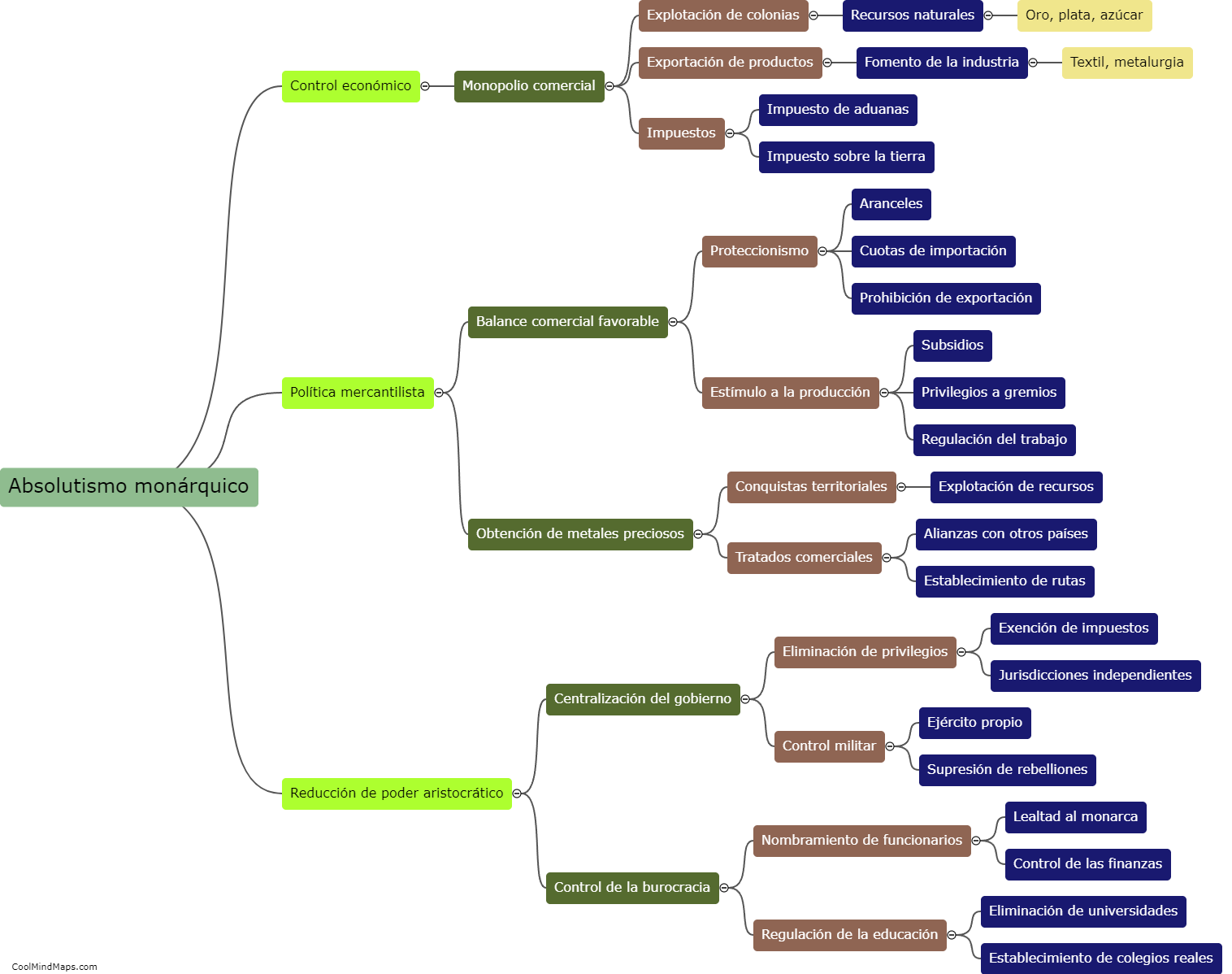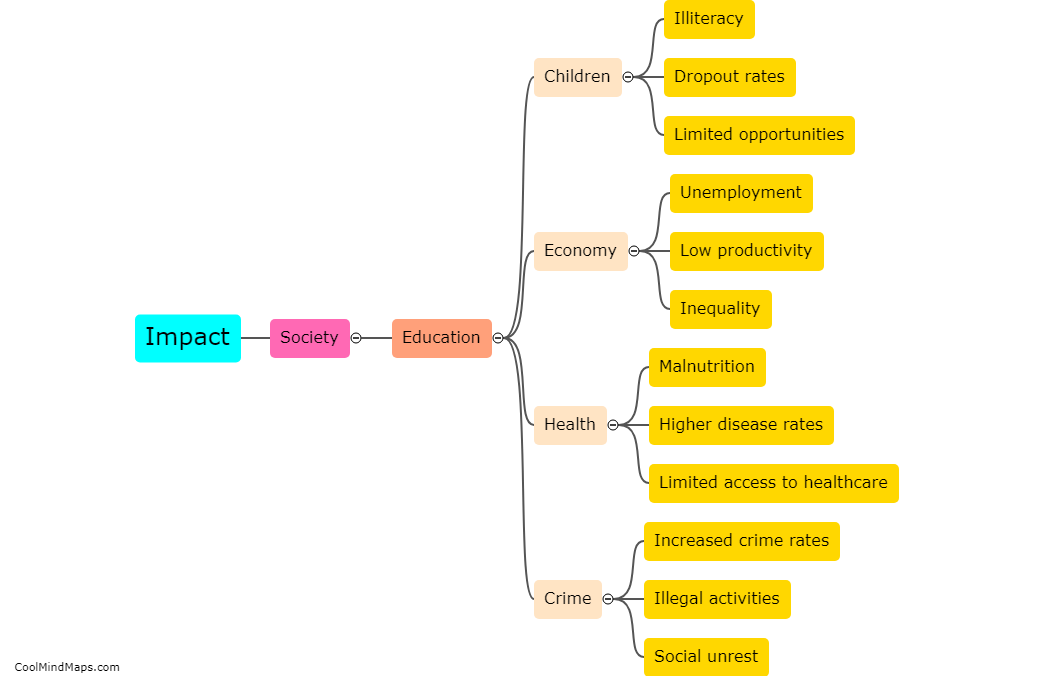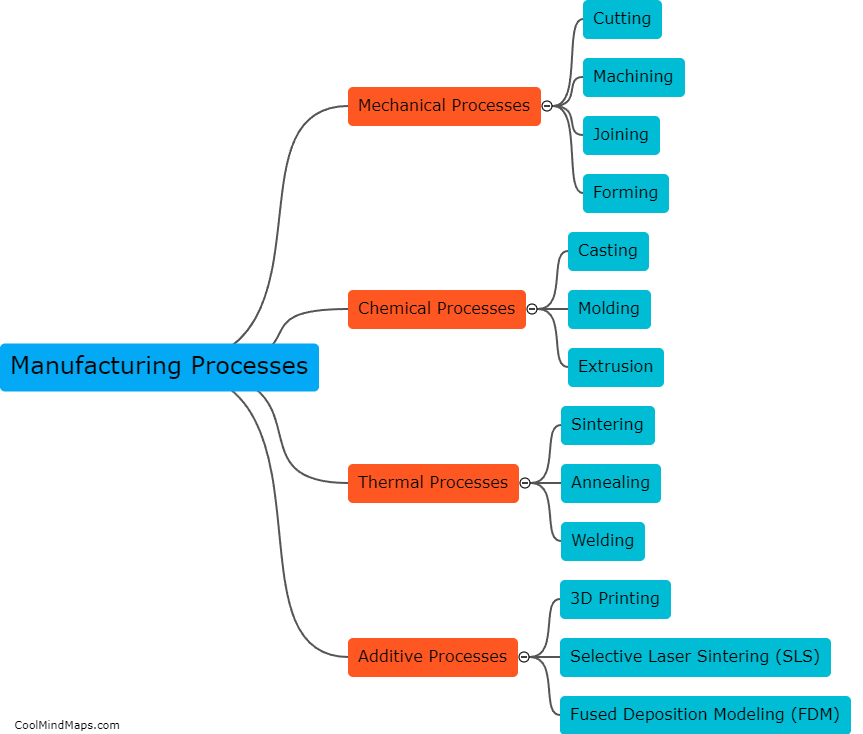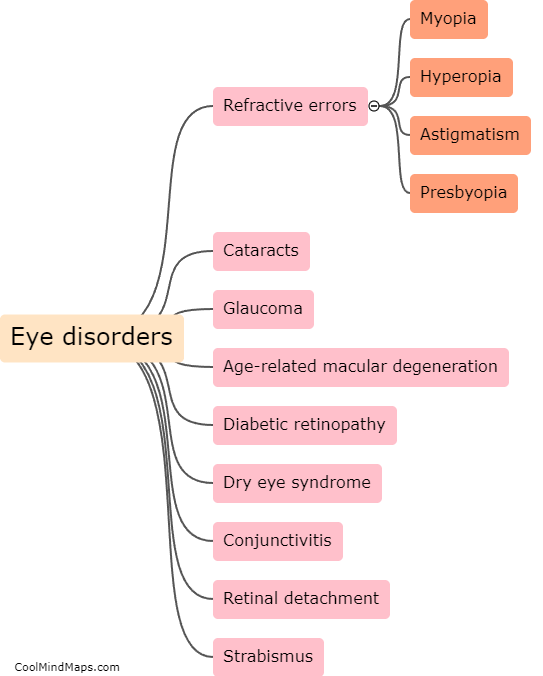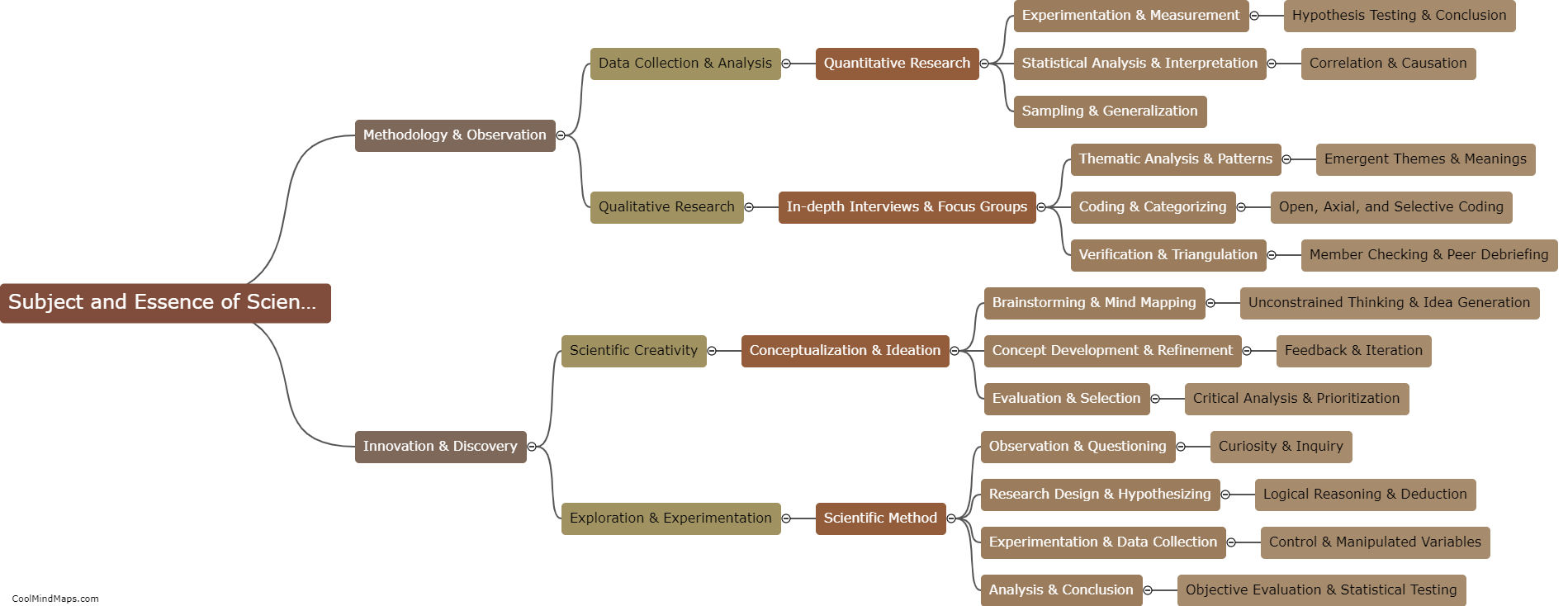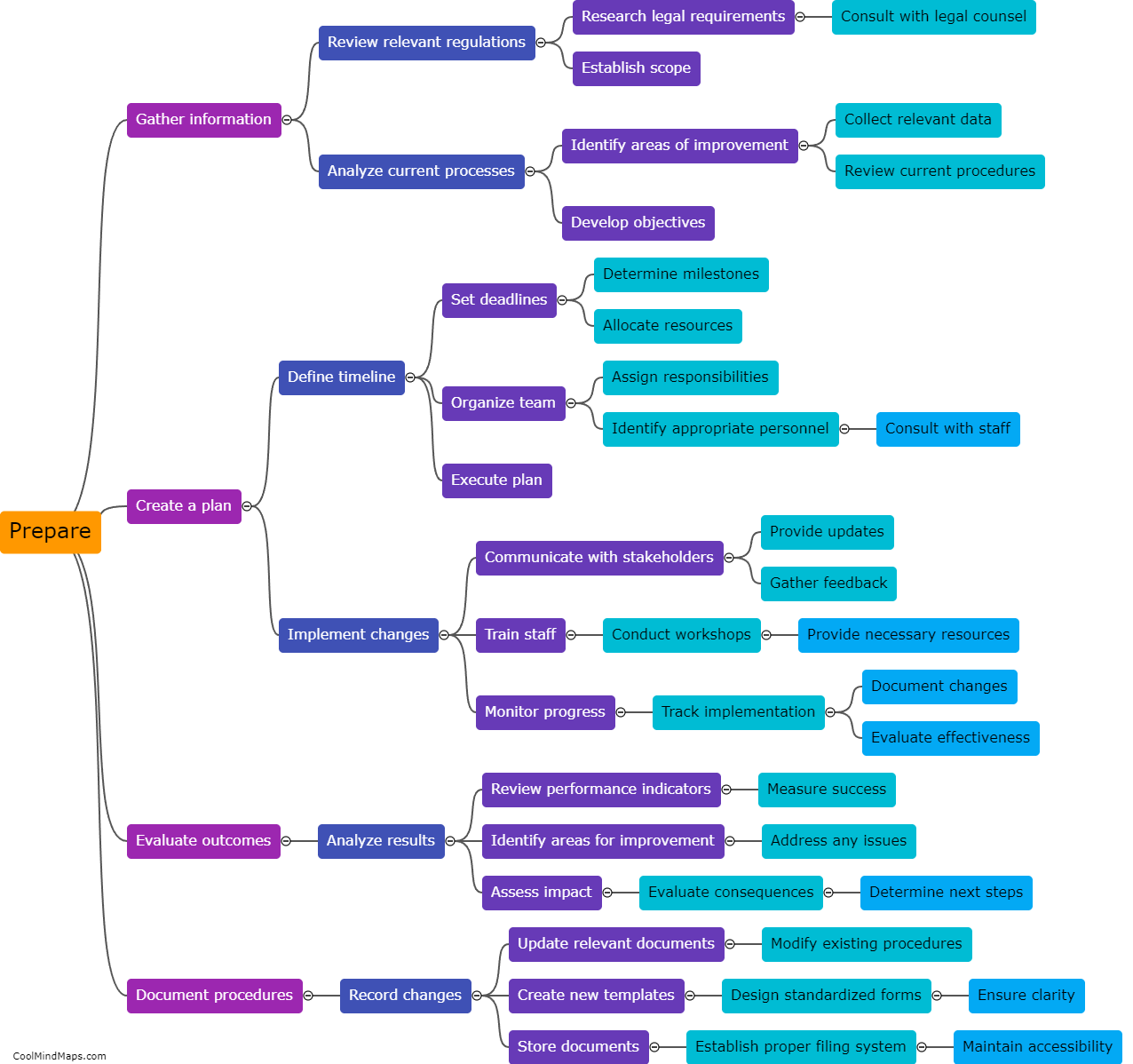What are the different parts of the human eye?
The human eye is a complex organ that consists of several different parts, each playing a crucial role in the process of vision. The cornea is the clear, dome-shaped outer layer that helps to focus light onto the retina. Behind the cornea is the iris, a colored ring of muscle that controls the size of the pupil, which regulates the amount of light entering the eye. The lens, located just behind the iris, further focuses light onto the retina. The retina is the innermost layer of the eye that contains photoreceptor cells called rods and cones, which convert light into electrical signals that can be interpreted by the brain. The optic nerve carries these signals from the retina to the brain, allowing us to perceive and interpret the images we see. Additionally, there are also various supporting structures such as the sclera (white part of the eye), the ciliary body (which helps control lens shape), and the vitreous humor (a gel-like substance that fills the eye's cavity) that contribute to the overall function and structure of the eye.

This mind map was published on 8 November 2023 and has been viewed 81 times.

